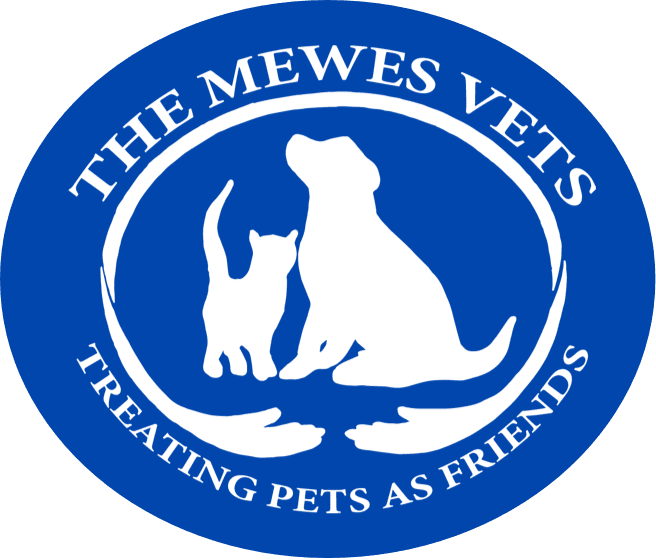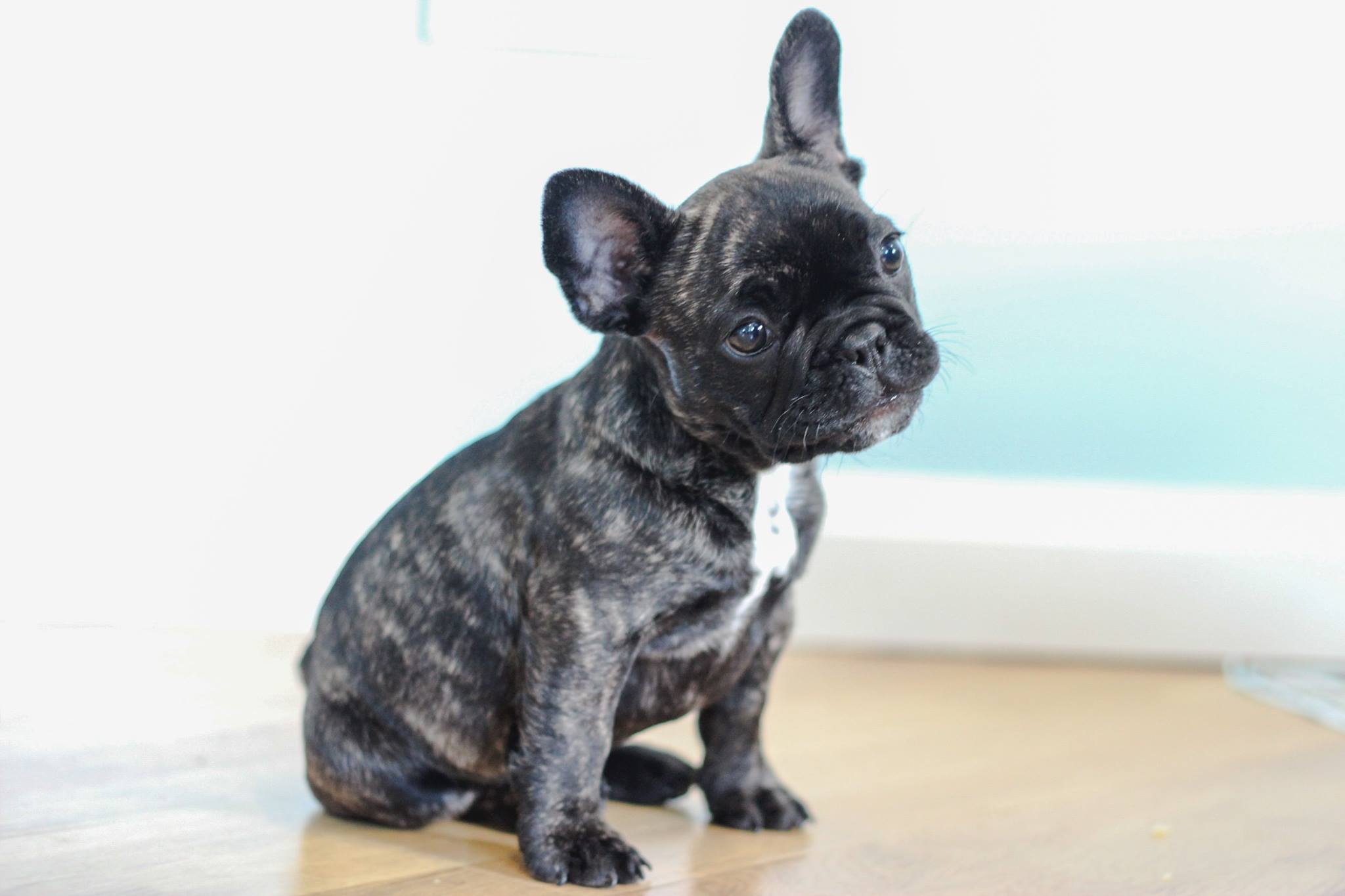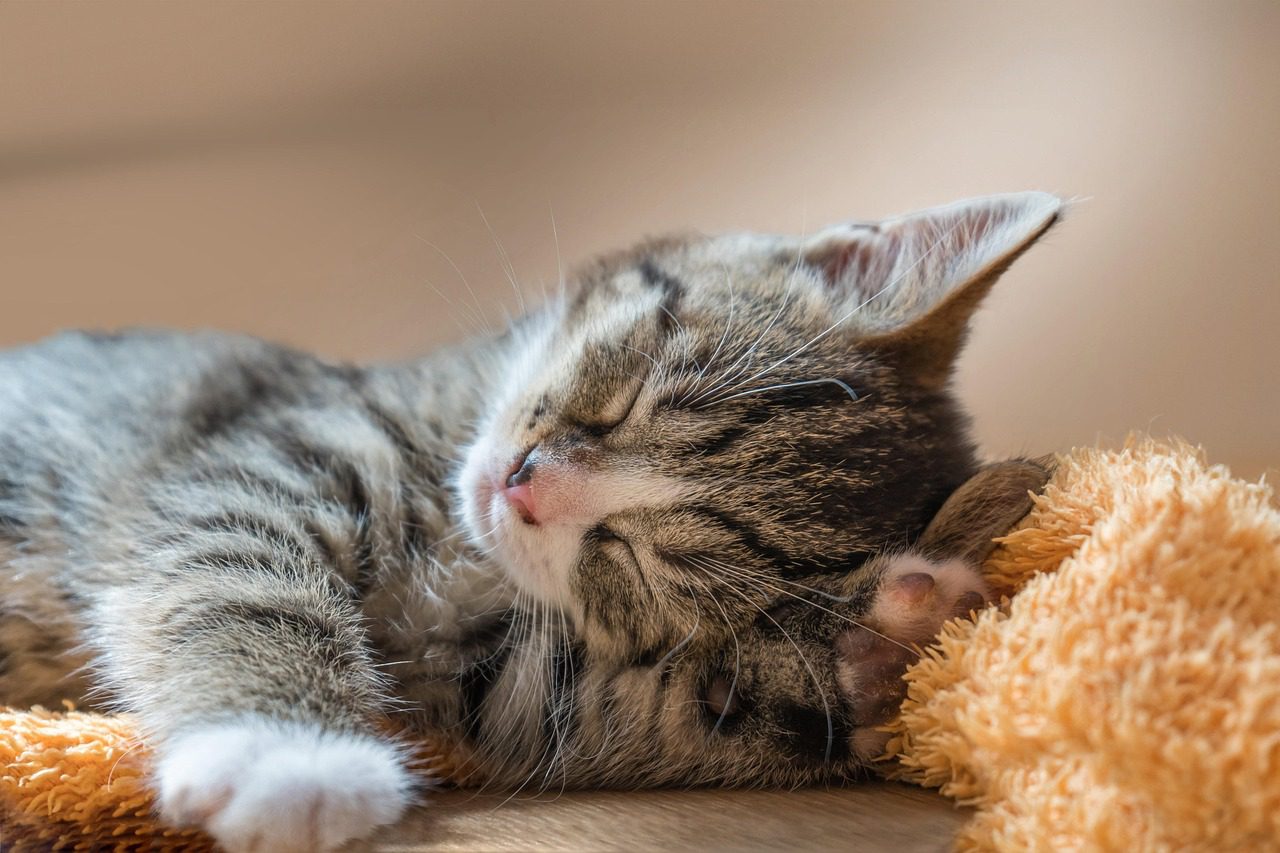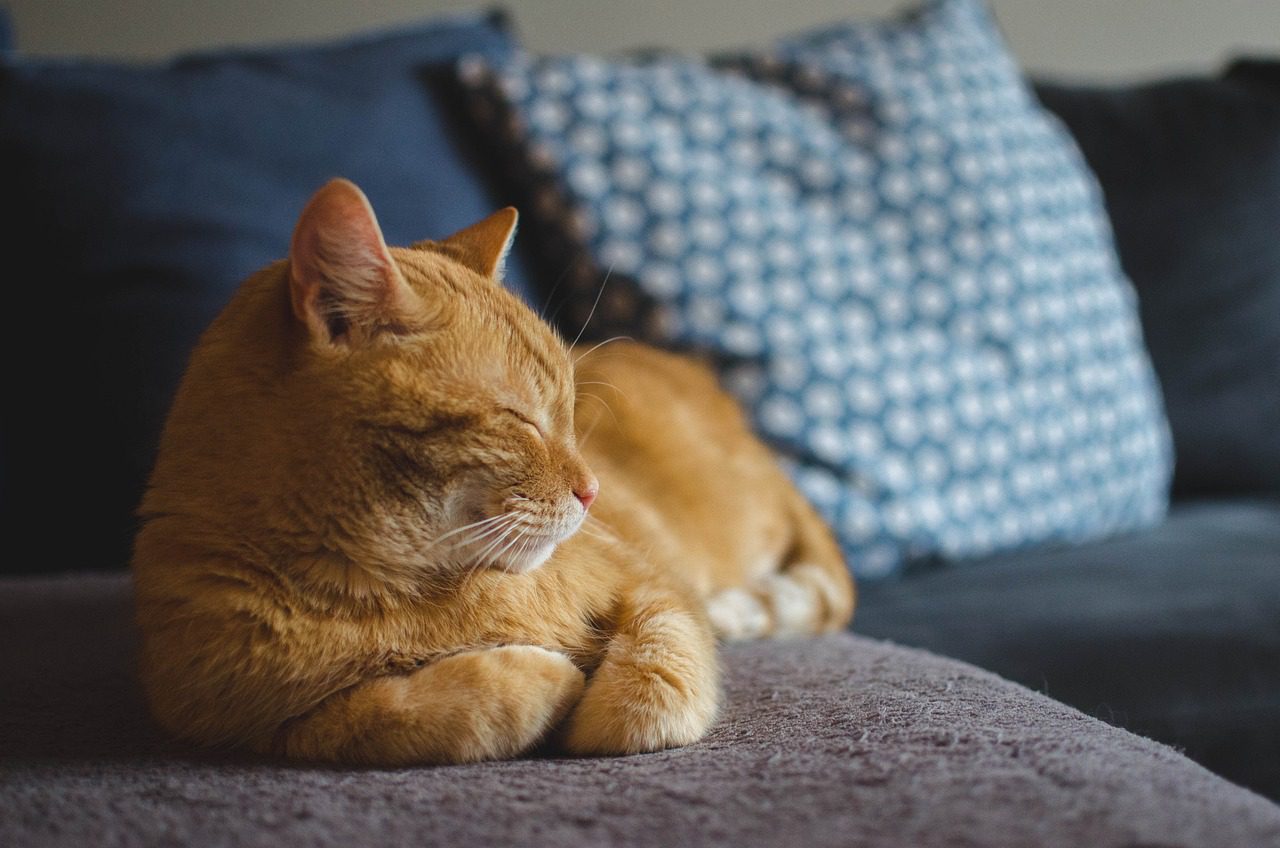People often ask me, “What are anal glands?”.
Dogs have anal glands in order to mark their territory.
Each dog and cat has a pair of anal glands placed just inside the anus. They create small amounts of liquid scent material similar to that used by skunks for defence, which has a strong rather fishy smell.
There is no muscle around the gland. They empty passively when a normal formed motion passes by, leaving a light coating of scent on each offering.
You may have noticed how interested dogs are in each other’s leavings. They can tell from sniffing it whether the dog that left it was a friend or stranger, male or female, healthy or unwell – all very useful clues in the wild.
But sometimes things are not perfect. There is no mechanism for the glands to stop their productive process. If the gland is not emptied effectively and completely every day, a build up can occur. This results in pressure, which is uncomfortable. Many dogs will rub at their bottoms, or ‘scoot’ to try to relieve this.
Then the liquid will begin to solidify. At this point, the pet cannot clear the gland at all by the usual means and the situation spirals out of control. The rubbing becomes more intense, they will try to lick under their tails and the local skin becomes moist and inflamed.
If not cleared out, this will often result in infection, and an abscess forming, followed by a bursting out of a bloody unpleasant mixture, requiring veterinary treatment.
To try to prevent this, I have patients who occasionally need me to clear out their anal glands. I train my dog owners to recognise the early signs of discomfort and bring them in quickly, rather than risk further pain, and the cost of weeks of antibiotics and vet’s bills.
If there are any questions you would like to ask myself or my team, do come along and find us at the Haywards Heath Town Day on Saturday 8th September. We will be organising the annual Great British Bark Off Dog Show, so bring your canine pals from 12 noon. See themewesvets.co.uk/events for full details.




